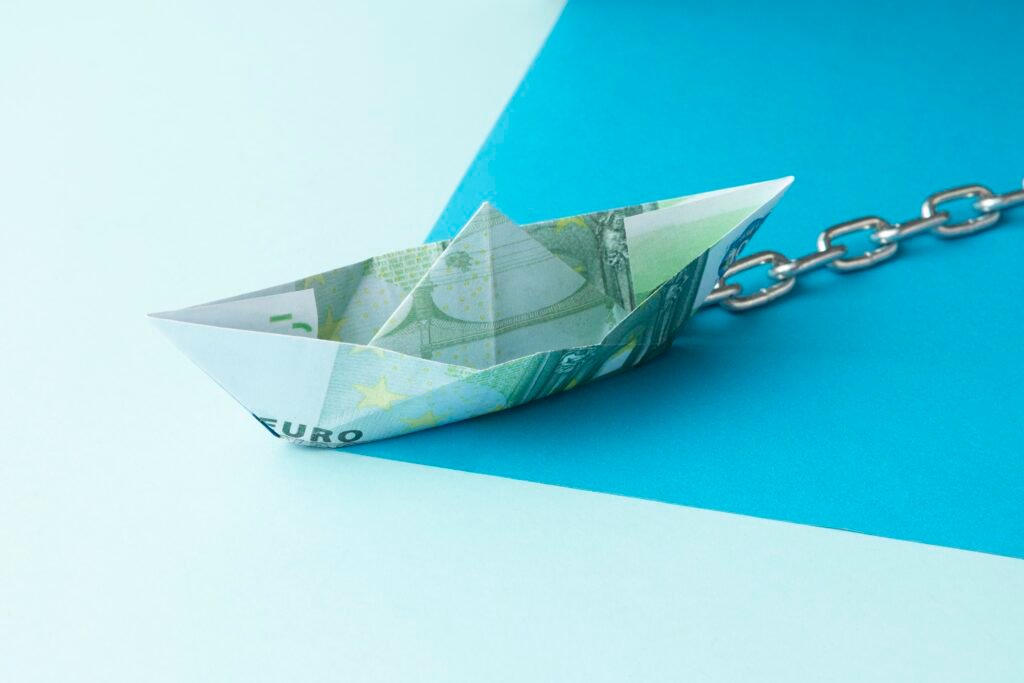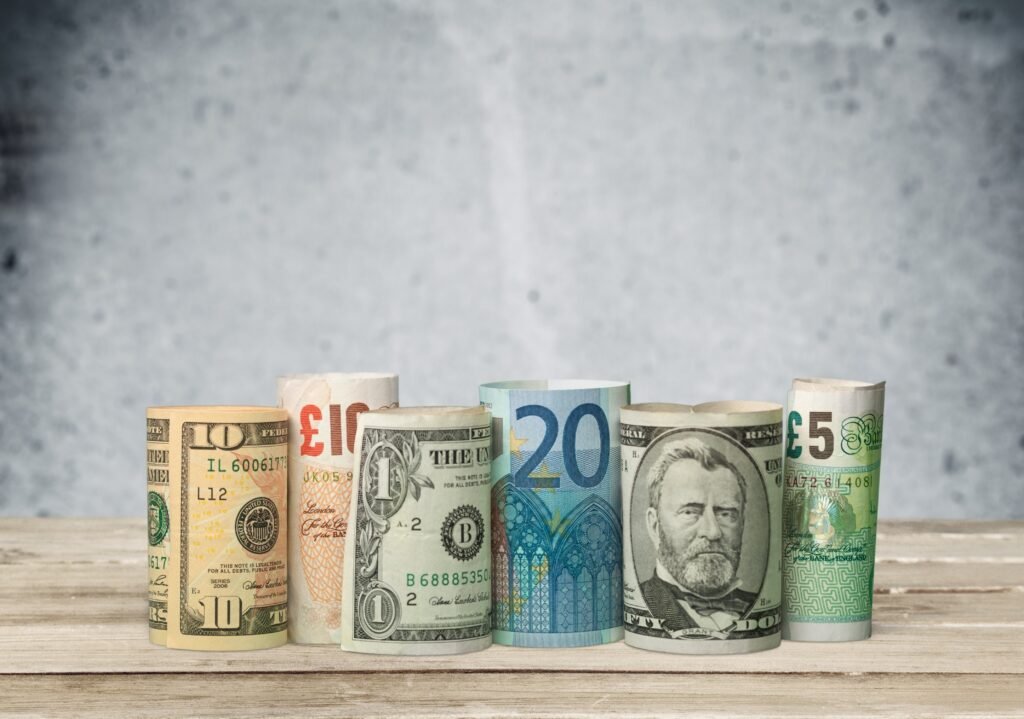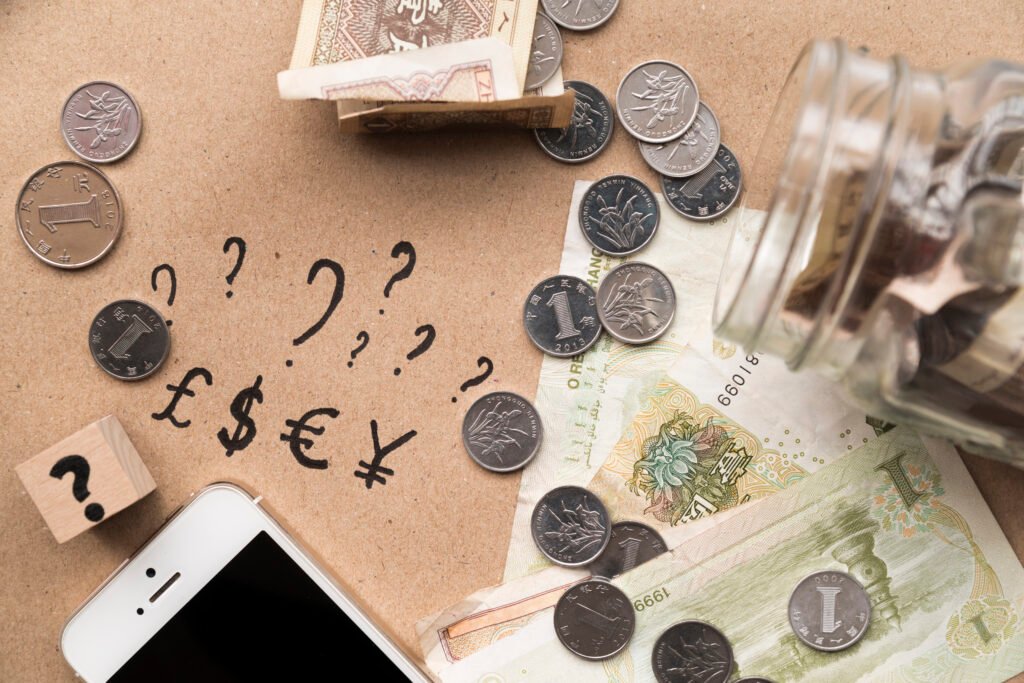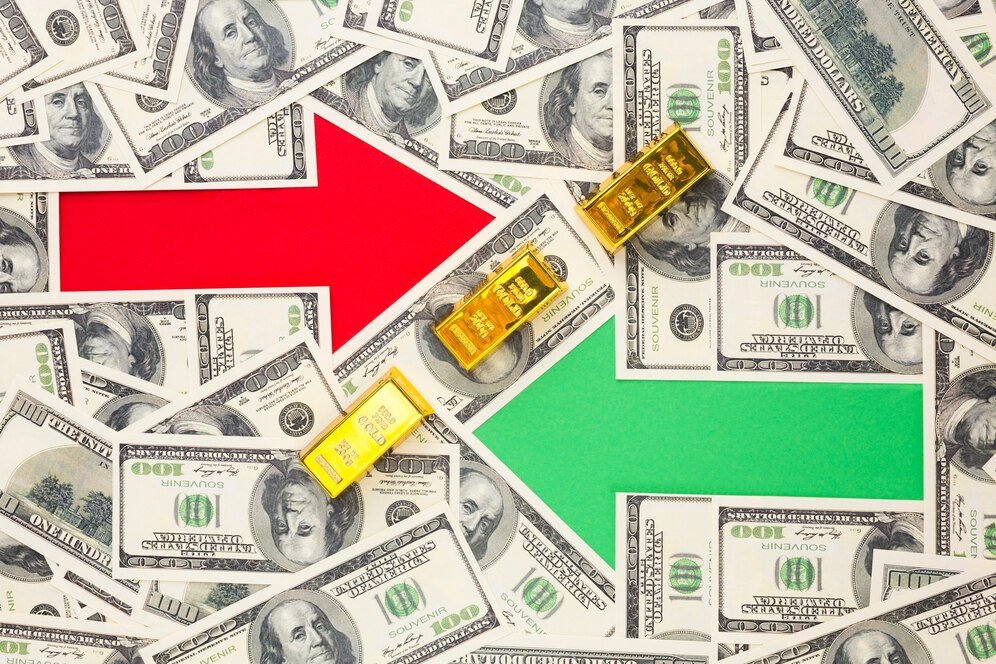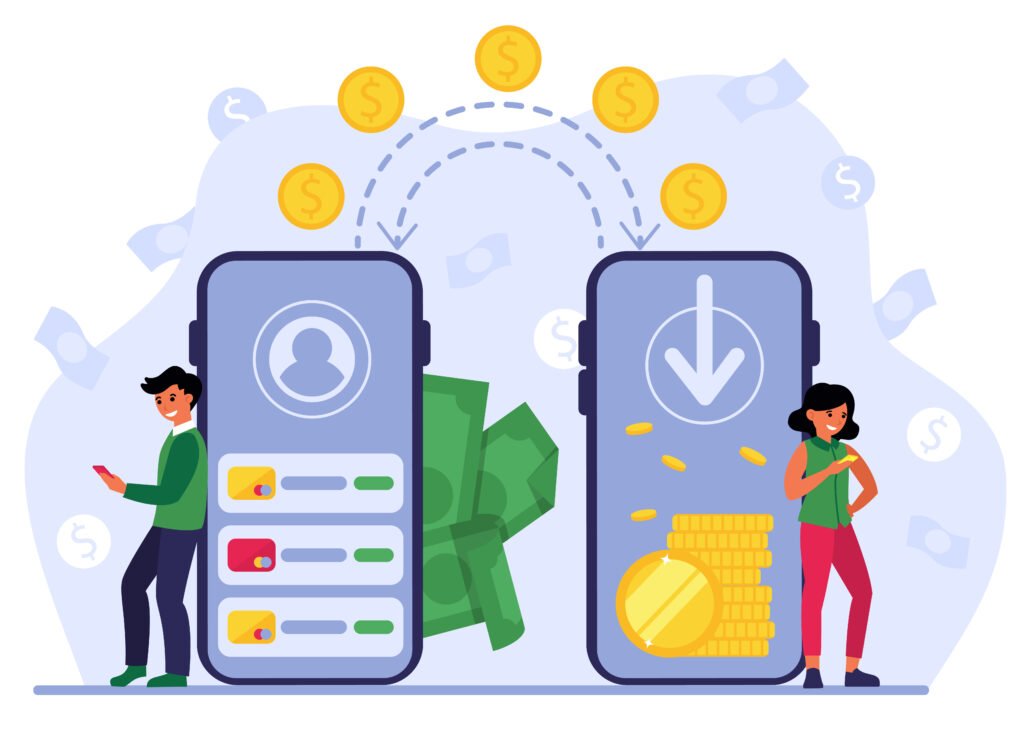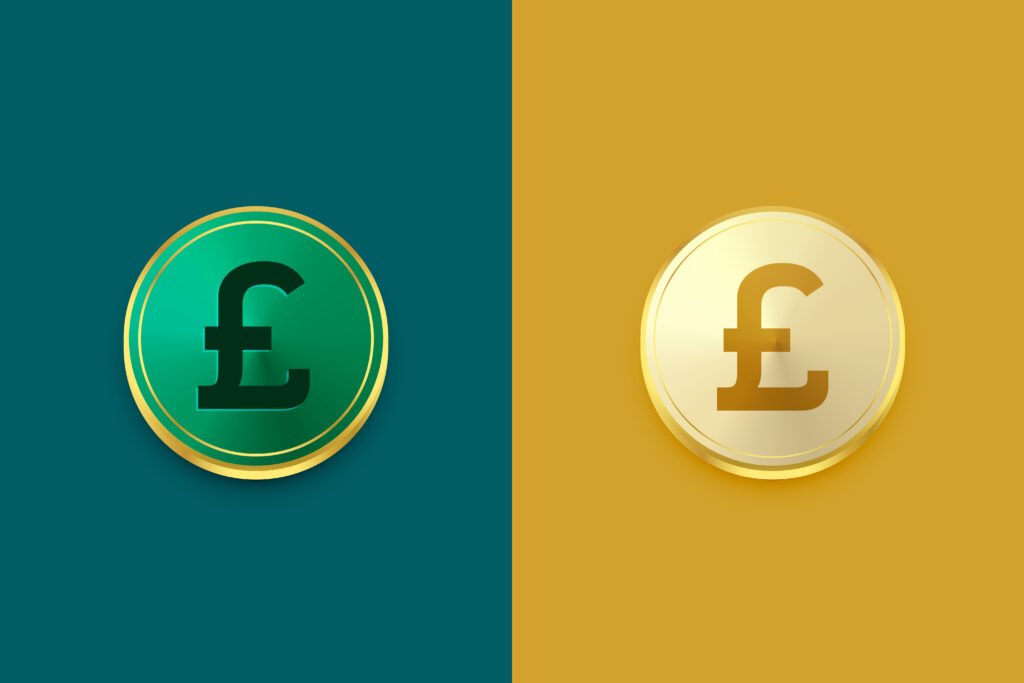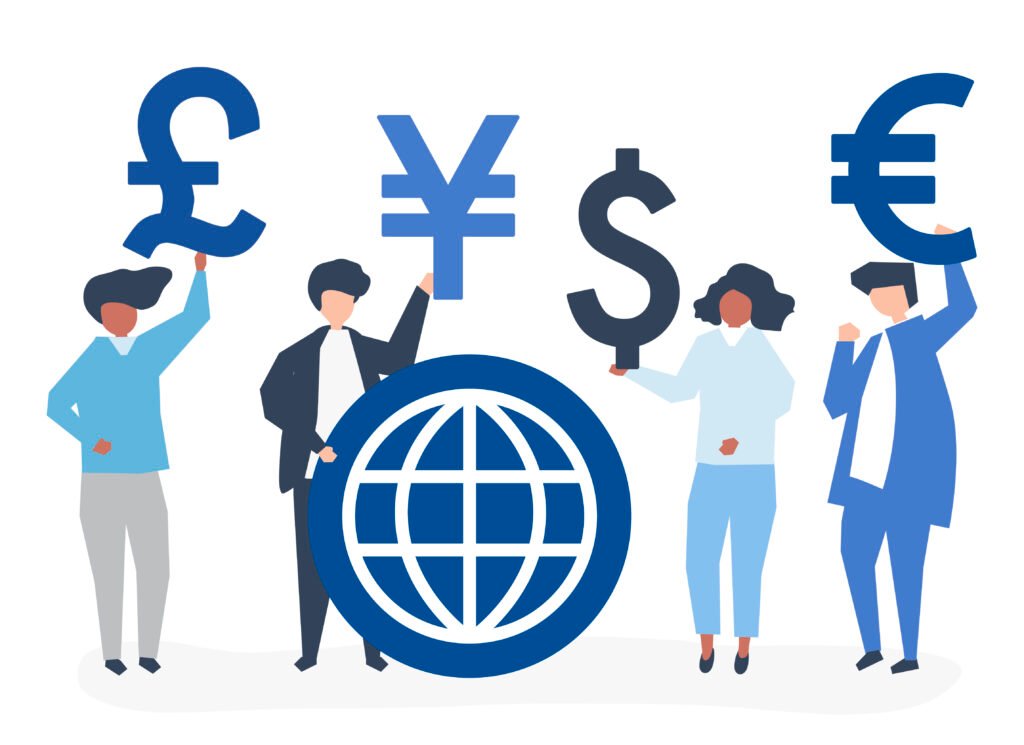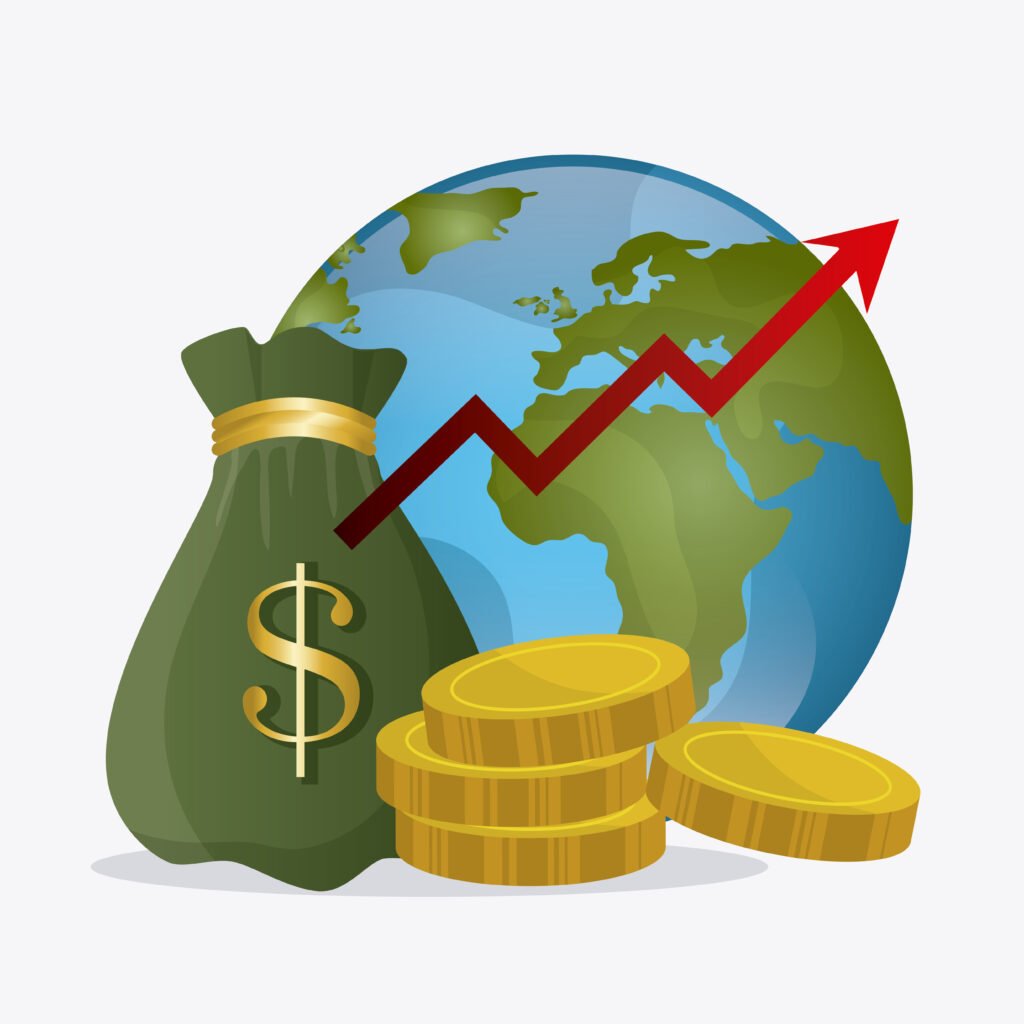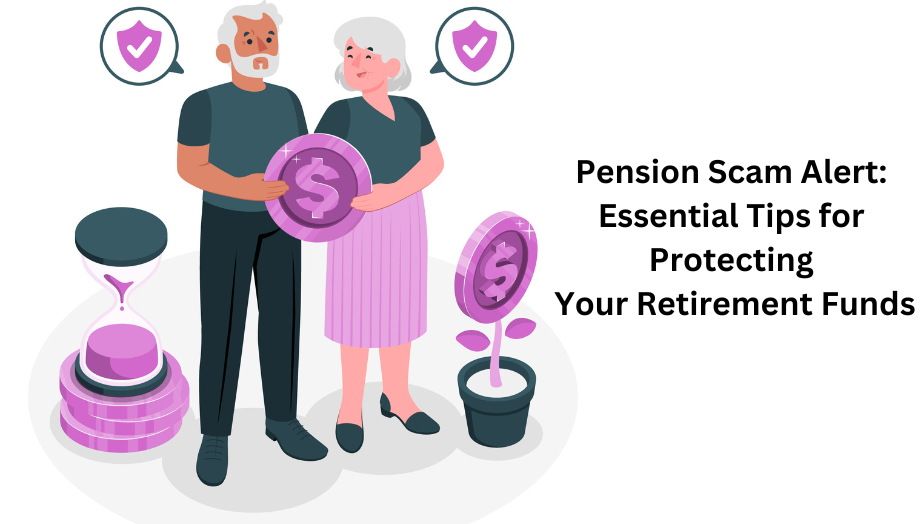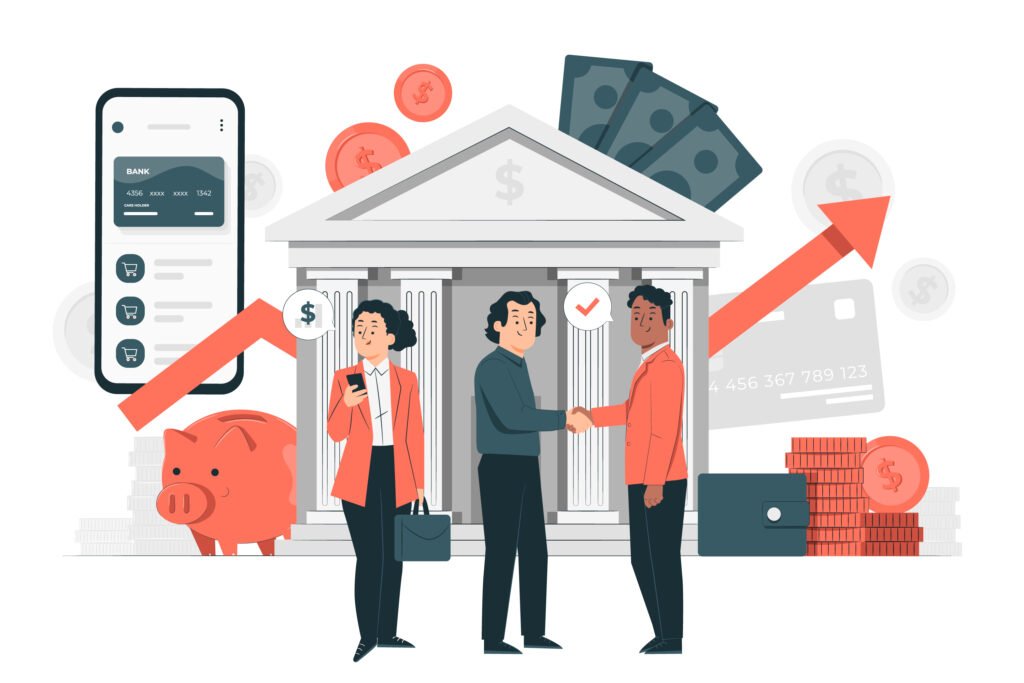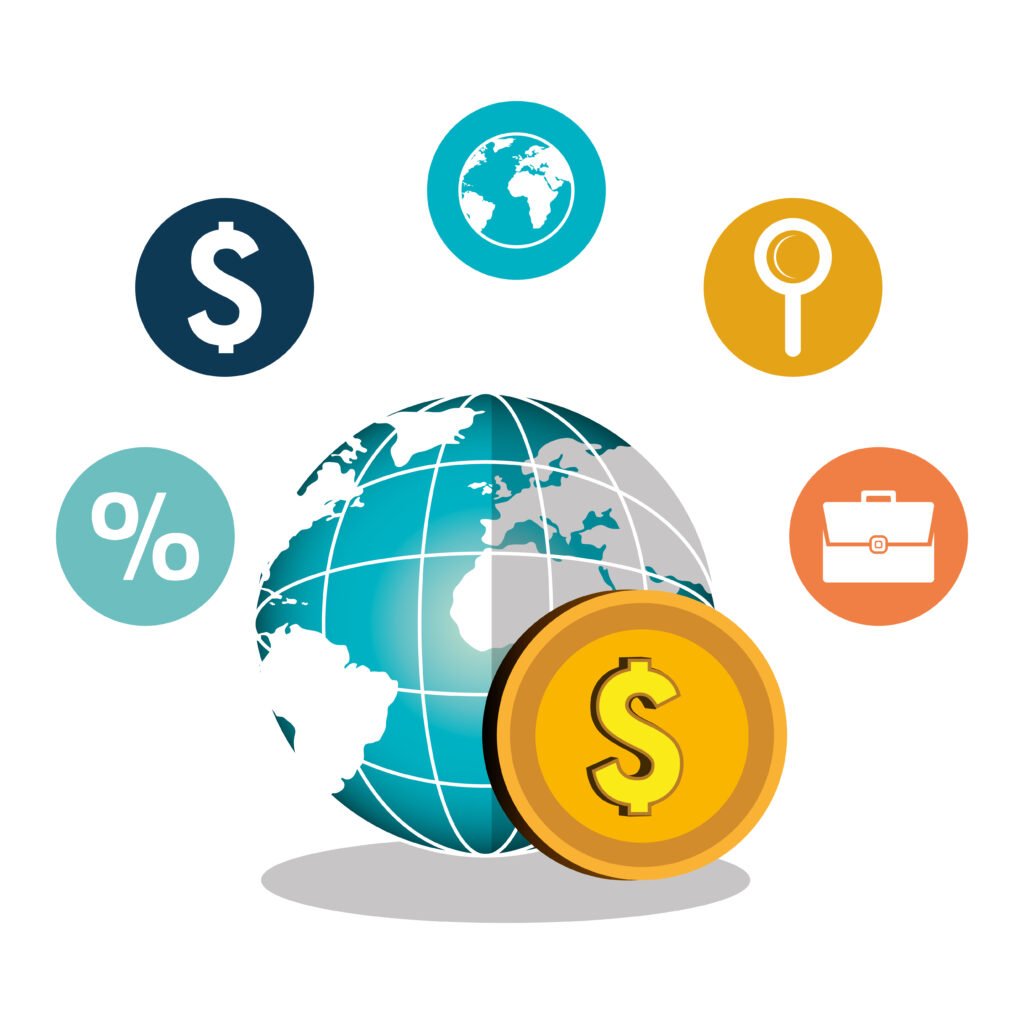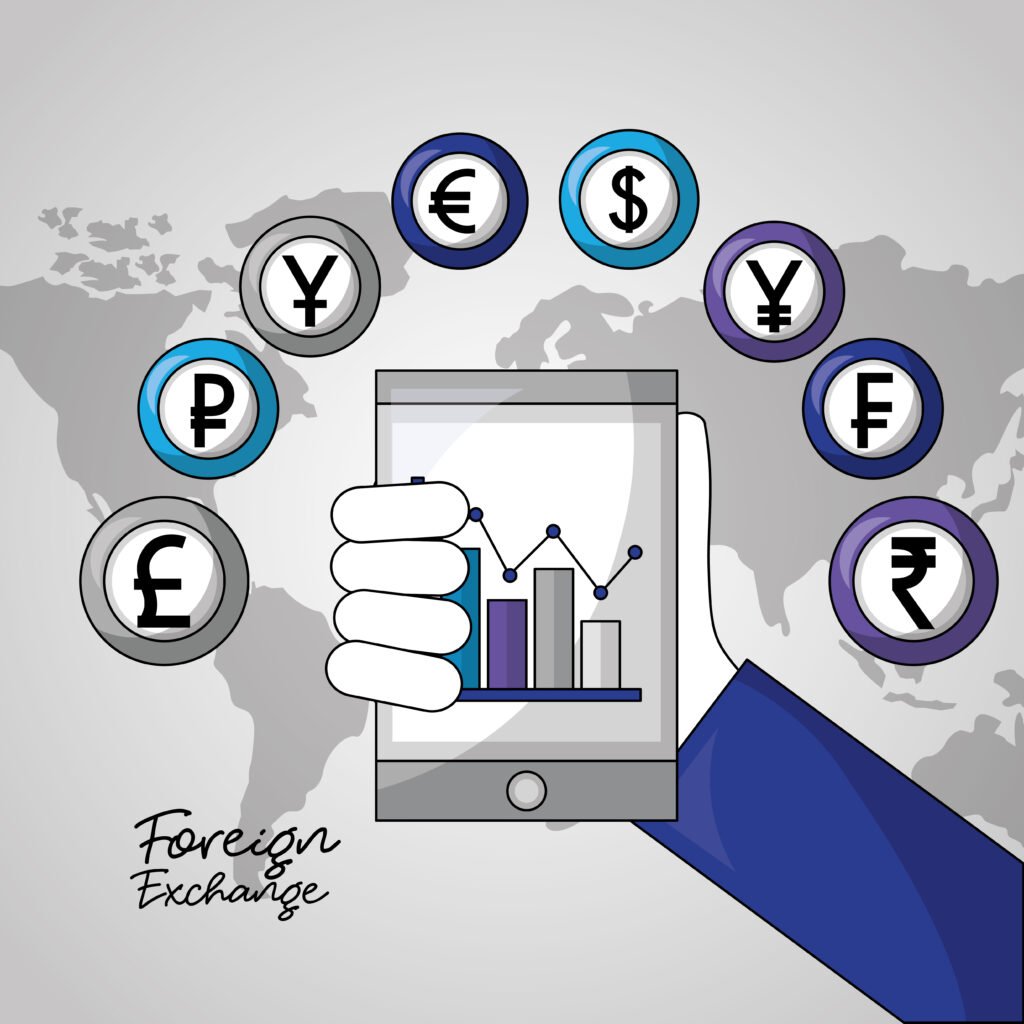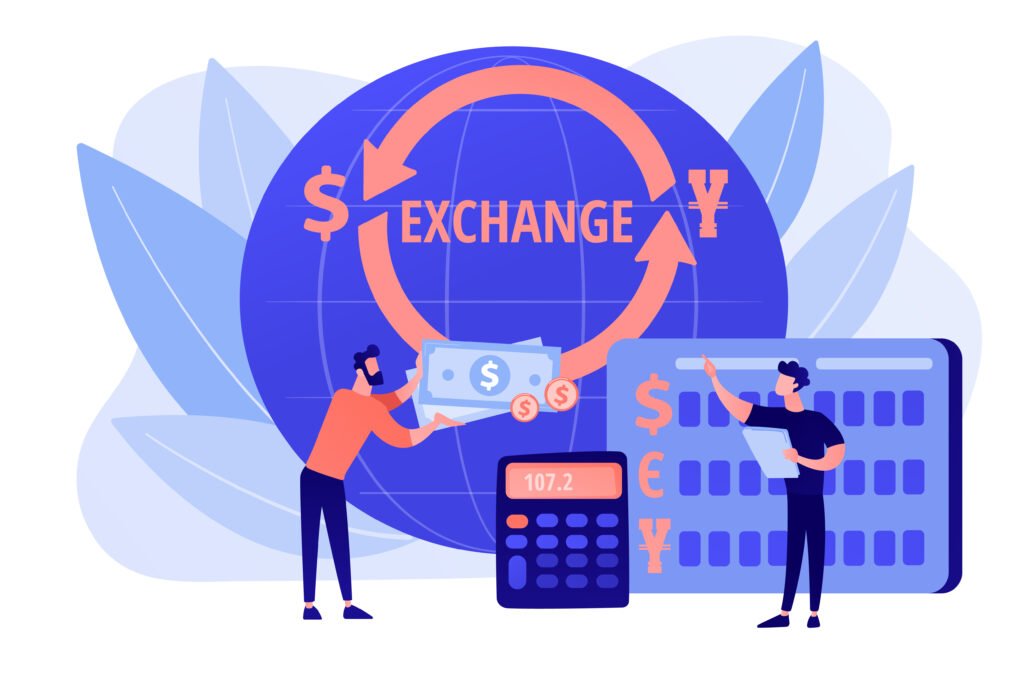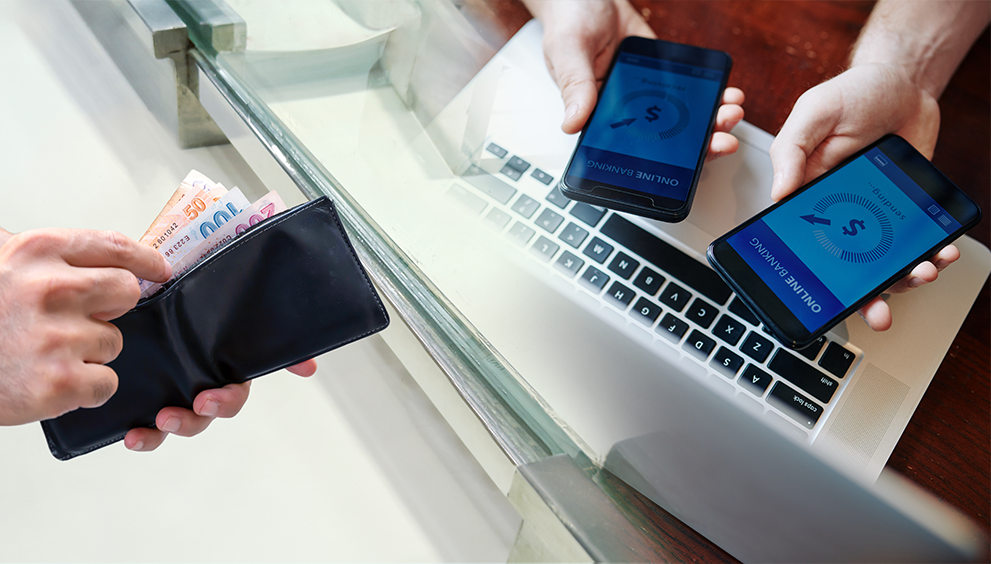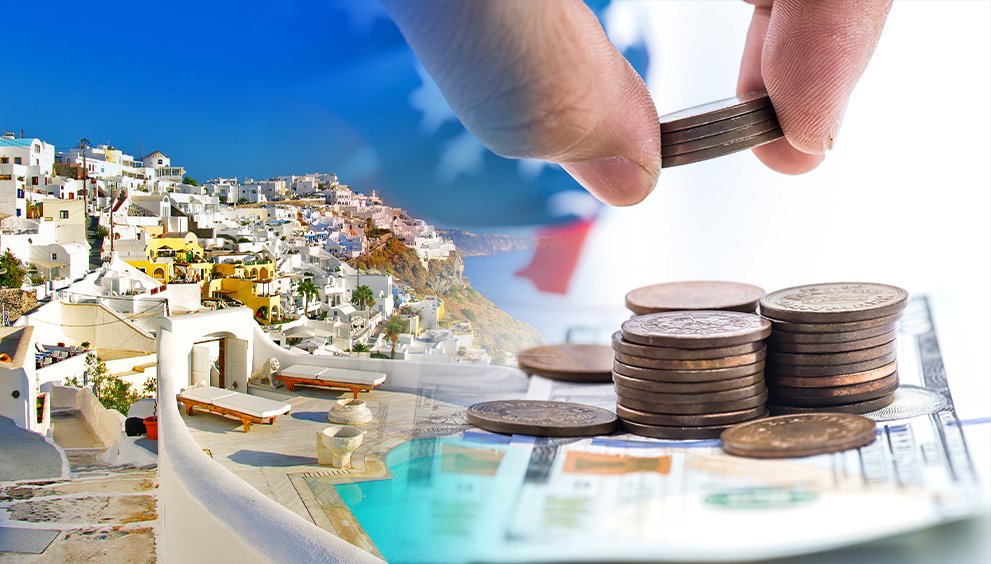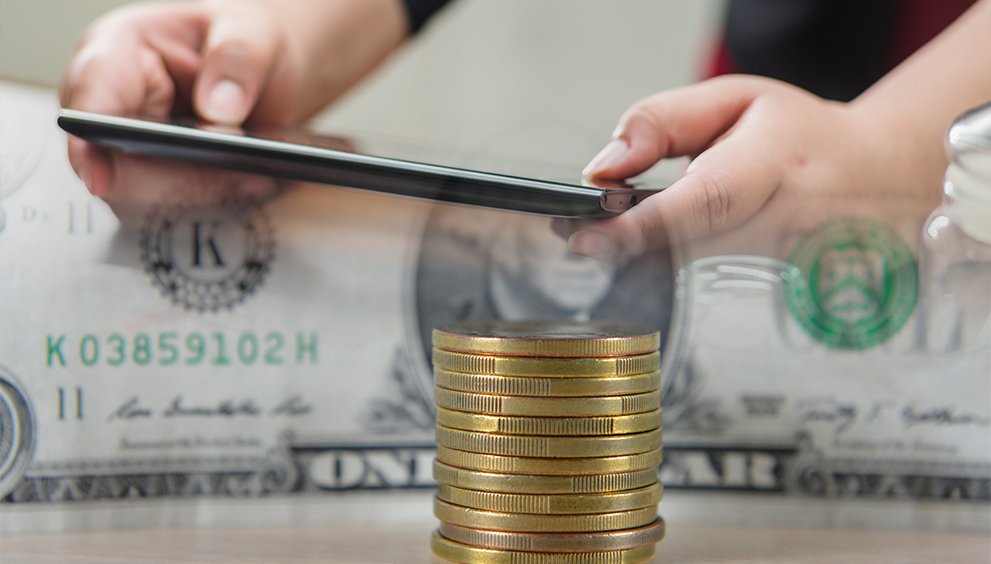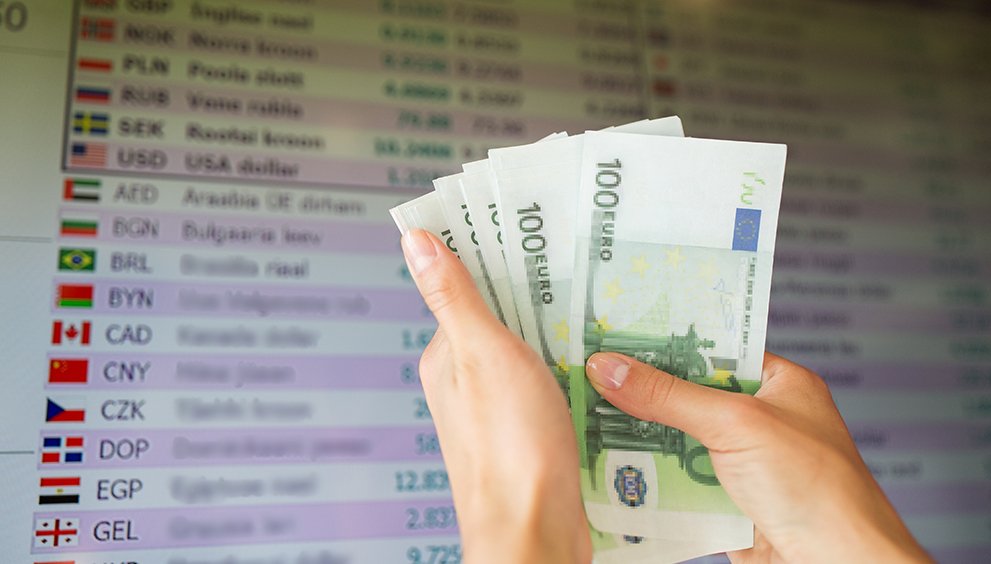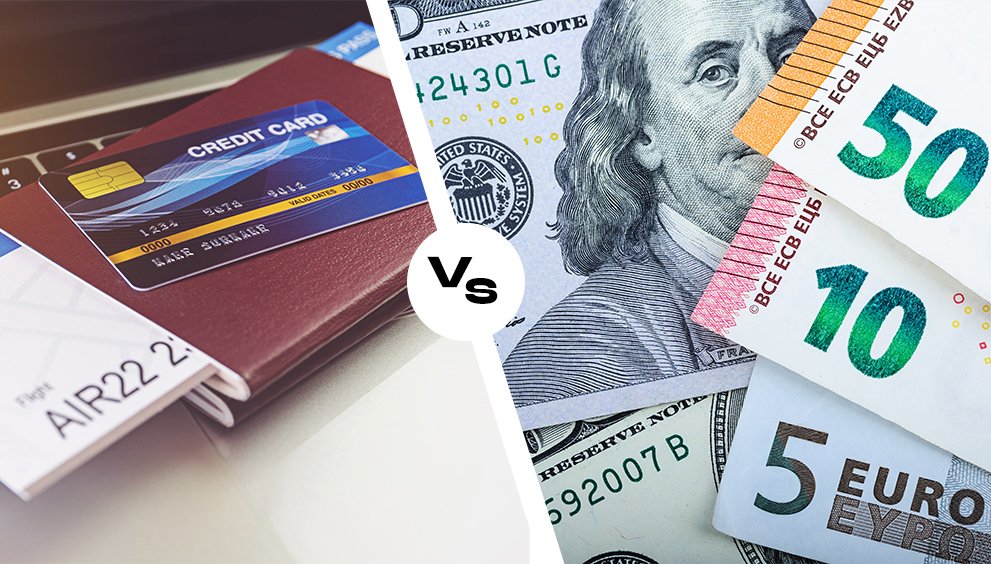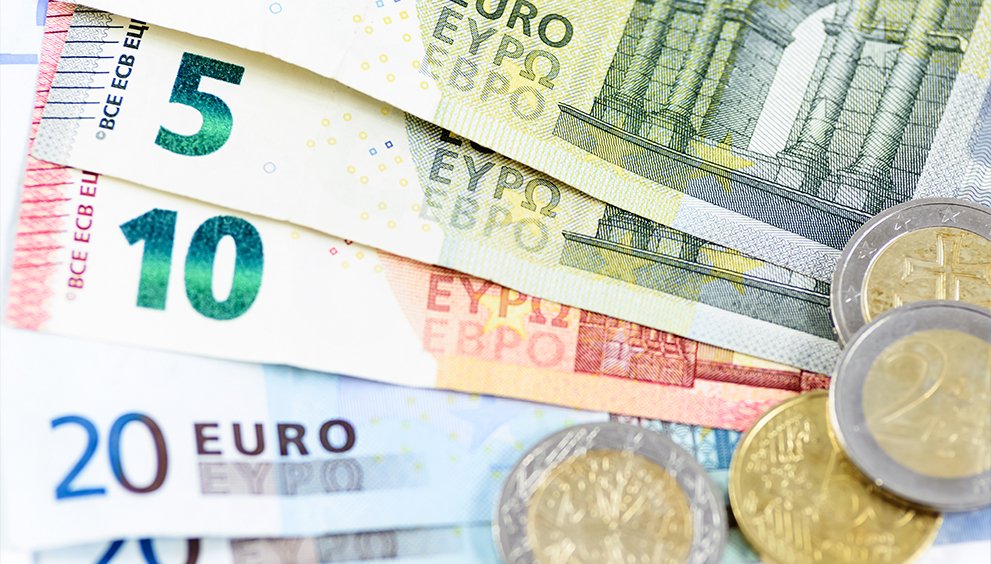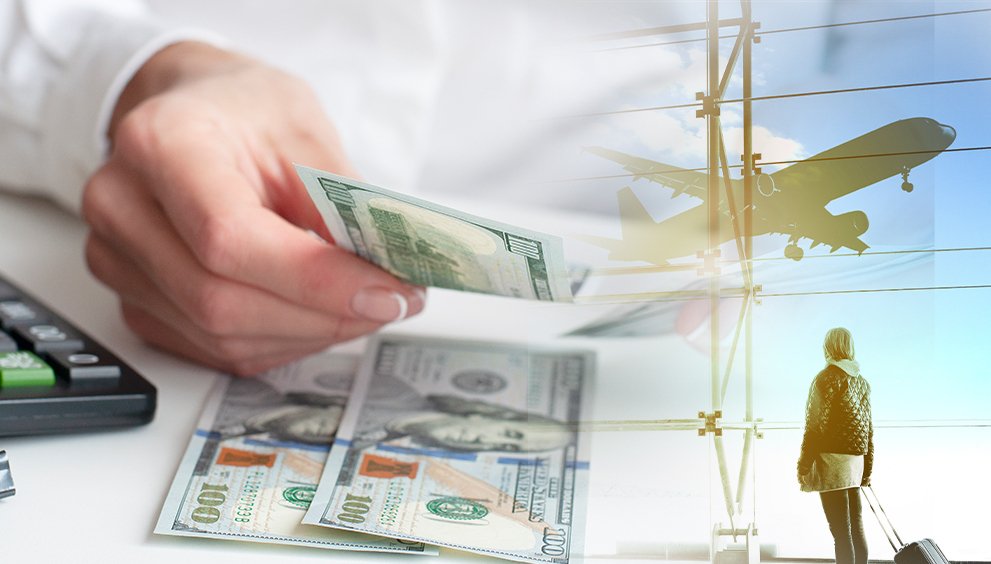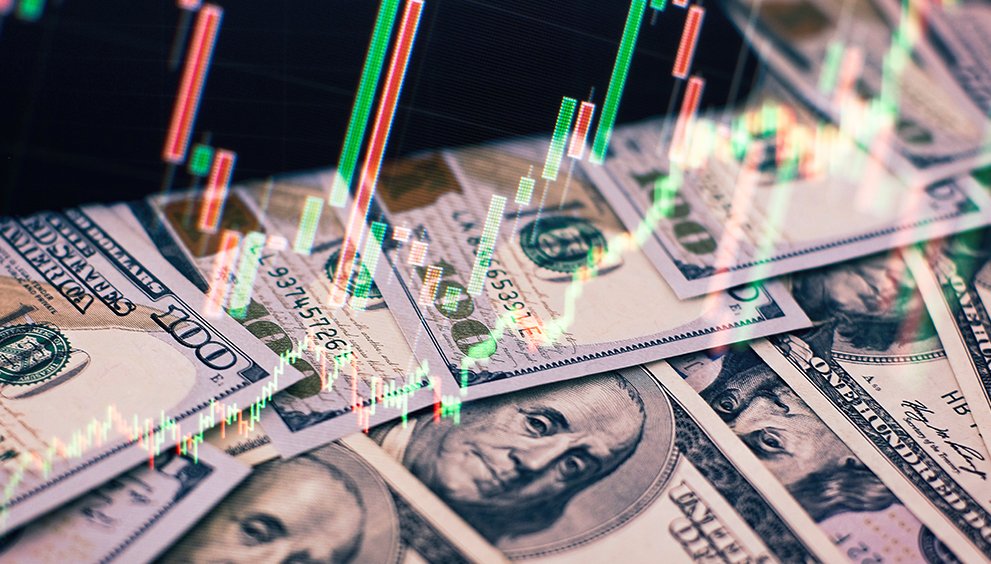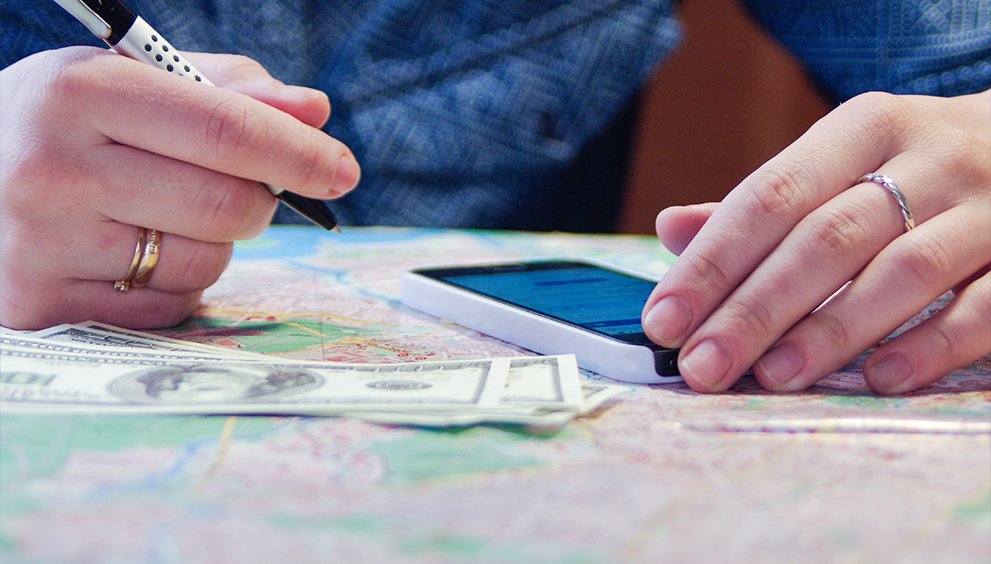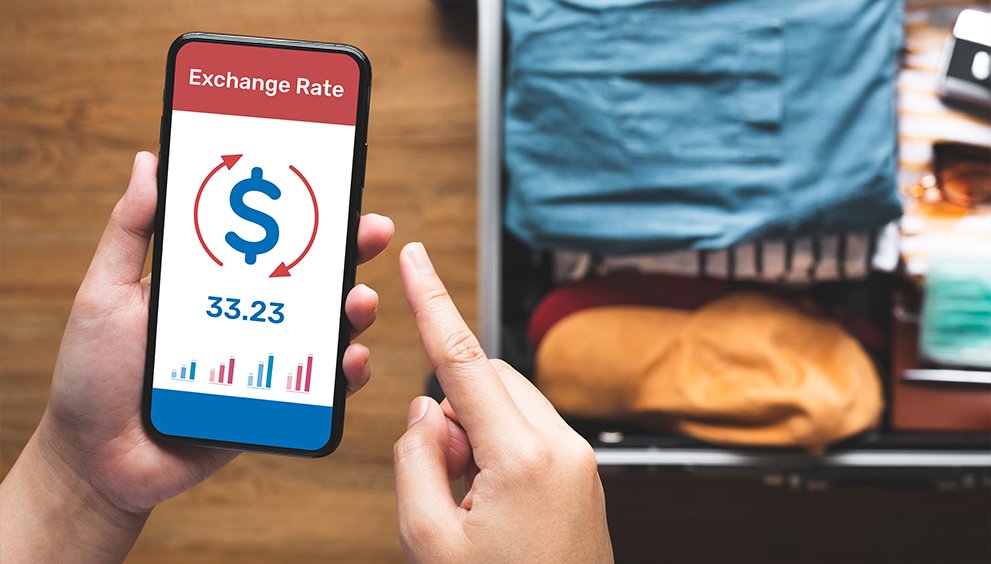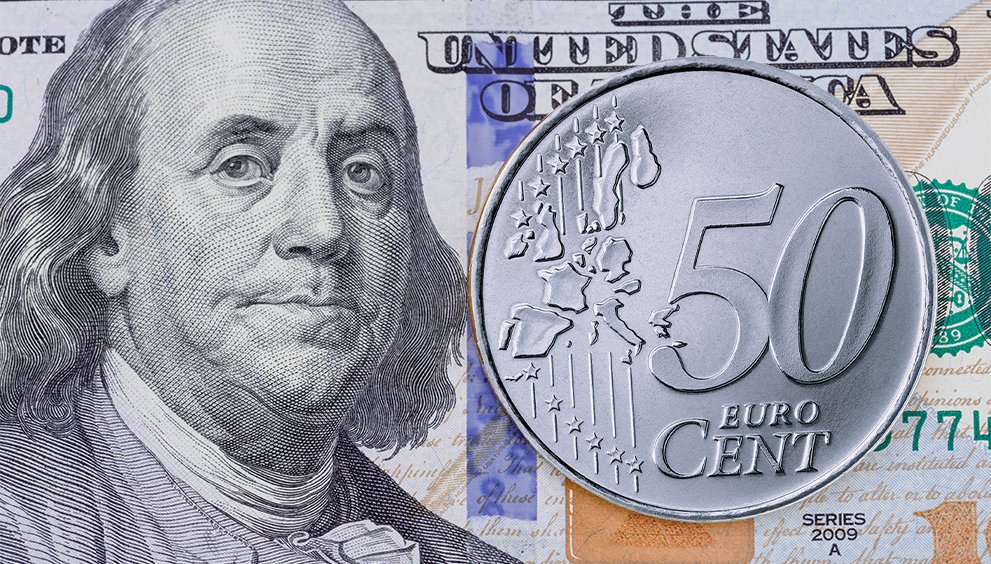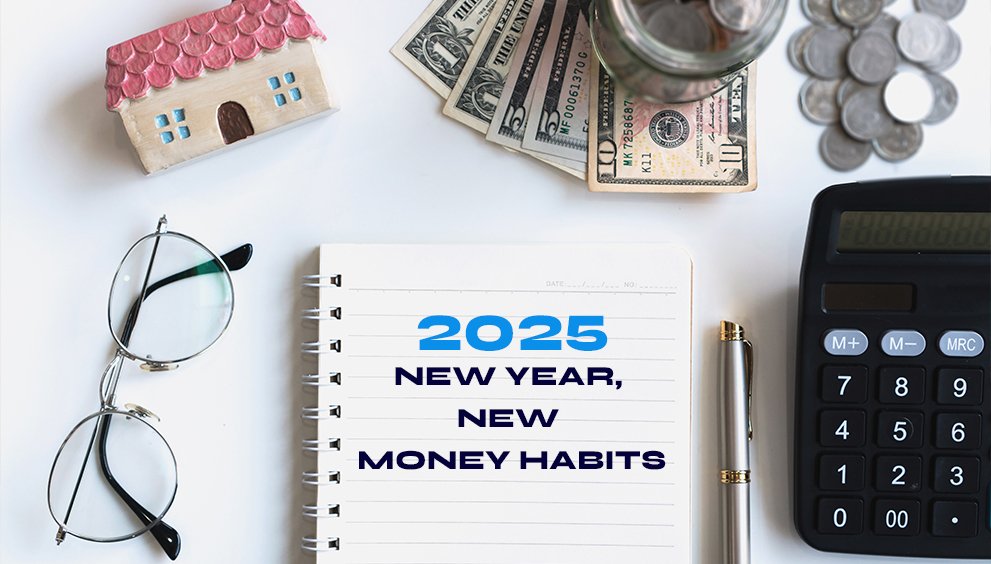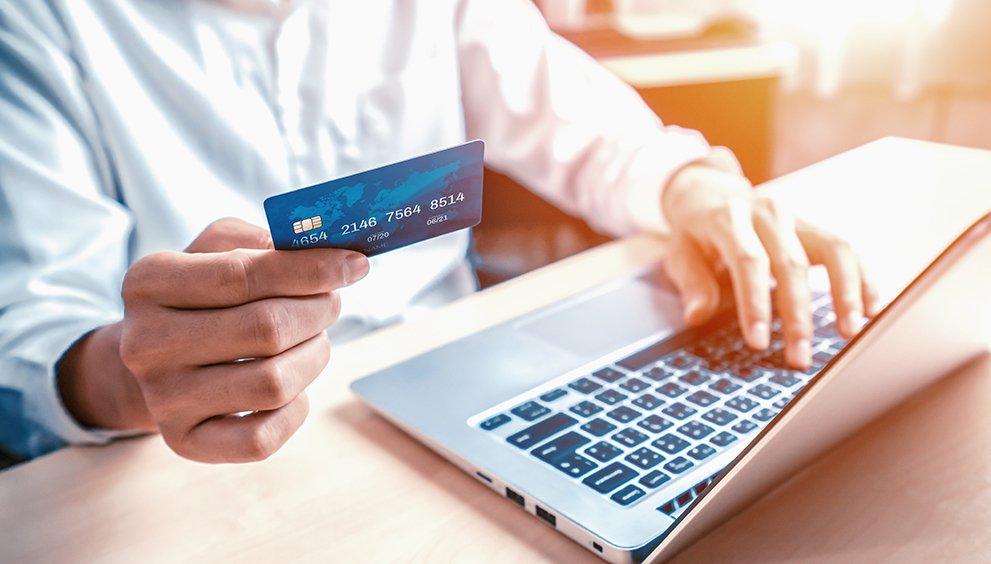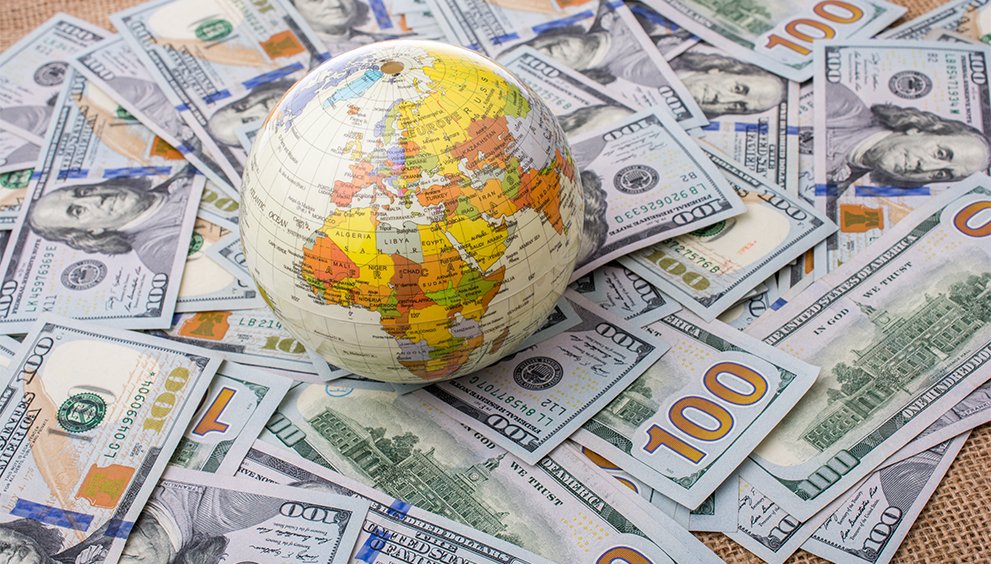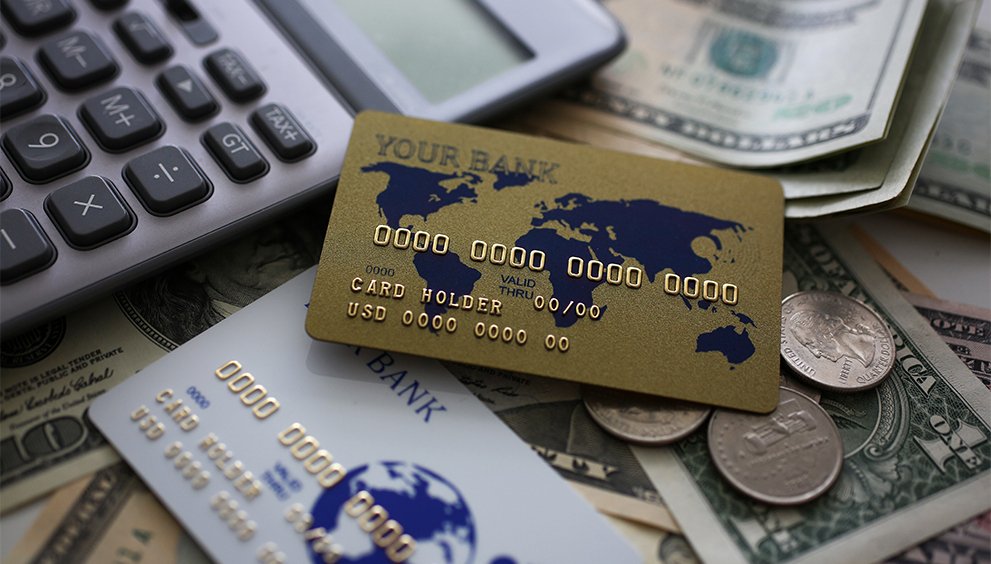Understanding International Currency Conversion: What Travelers Need to Know

Traveling abroad is exciting—new destinations, cultures, and cuisines await. But along with the thrill of exploration comes a practical concern: managing your money. At the heart of this is international currency conversion, a process that can be confusing and costly if you’re not prepared.
So, what exactly is currency conversion? How does it work, and what should you know to avoid overpaying when exchanging money? This guide will break it all down and arm you with tips to make the most of your travel budget.
What Is Currency Conversion?
Currency conversion is the process of exchanging one country’s currency for another. For instance, if you’re traveling from the U.S. to Japan, you’ll need to convert your dollars (USD) to Japanese yen (JPY) to pay for goods and services locally.
The rate at which one currency is exchanged for another is called the exchange rate. This rate fluctuates constantly based on factors like supply and demand, interest rates, and global economic trends.
How Exchange Rates Work
Exchange rates determine how much of one currency you’ll get in return for another. For example, if the exchange rate is 1 USD = 0.90 EUR, this means one U.S. dollar is worth 90 euro cents.
There are two key types of exchange rates travelers need to know:
1. Mid-Market Rate
The mid-market rate, also known as the interbank rate, is the “true” exchange rate—the one banks and financial institutions use when trading currencies. It’s the midpoint between the buying and selling rates.
2. Retail Rate
The retail rate is what you’ll encounter as a consumer. It includes markups and fees added by banks, currency exchange services, and ATMs. This is why the rate you see online (the mid-market rate) often differs from what you actually receive.
Why Understanding Currency Conversion Matters
Getting a good exchange rate can save you a significant amount of money, especially on longer trips or those involving large purchases. Without a basic understanding of how currency conversion works, you risk:
- Overpaying in fees: Many providers charge hidden fees disguised as bad exchange rates.
- Unnecessary stress: Confusion about conversion rates can lead to overspending or budgeting mistakes.
- Lost value: Poor planning can leave you with unused foreign currency at the end of your trip.
Common Methods for Currency Conversion
Travelers have several options for converting currency, each with its pros and cons. Here’s what you need to know about the most popular methods:
1. Local Banks or Credit Unions
Your local bank is often the best place to exchange money before traveling. Banks typically offer competitive rates and may waive fees for account holders.
- Pros: Lower fees, convenient, reliable.
- Cons: You’ll need to plan ahead since some banks don’t stock all foreign currencies.
2. ATMs Abroad
Withdrawing cash from ATMs in your destination country is another popular option. ATMs generally provide better exchange rates than currency exchange counters.
- Pros: Convenient and widely available.
- Cons: May incur foreign transaction fees and ATM operator fees.
3. Currency Exchange Counters
Currency exchange bureaus, like Travelex, are common in airports, tourist areas, and cities.
- Pros: Convenient and fast.
- Cons: High fees and poor exchange rates, especially in tourist-heavy locations.
4. Credit Cards
Credit cards are an excellent way to pay for most expenses abroad, as they often offer exchange rates close to the mid-market rate.
- Pros: Easy to use, no need to carry large amounts of cash.
- Cons: Foreign transaction fees may apply unless you use a travel-friendly card.
5. Online Currency Exchange Services
Digital platforms like Wise (formerly TransferWise) or Revolut allow you to exchange money online at competitive rates.
- Pros: Transparent pricing, convenient, low fees.
- Cons: Requires setup and planning before your trip.
Key Factors That Affect Currency Conversion Costs
Currency conversion isn’t free—there are almost always costs involved. Here are the most common charges to watch out for:
1. Exchange Rate Markups
Most currency providers add a markup to the exchange rate to cover their costs and make a profit. These hidden fees can significantly reduce the amount of foreign currency you receive.
2. Transaction Fees
Providers may charge flat fees per transaction, regardless of the amount exchanged. For example, some ATMs charge $5 per withdrawal, plus a percentage of the amount withdrawn.
3. Dynamic Currency Conversion (DCC)
DCC occurs when a merchant or ATM gives you the option to pay in your home currency instead of the local currency. While it might sound convenient, DCC typically comes with terrible exchange rates and extra fees. Always choose to pay in the local currency to avoid these charges.
How to Get the Best Exchange Rates While Traveling
Now that you understand how currency conversion works, here are some tips to ensure you get the most value for your money:
1. Research Rates Before You Go
Use apps like XE or OANDA to check the mid-market rate for your destination’s currency. This gives you a baseline to compare against what providers are offering.
2. Use a Credit Card with No Foreign Transaction Fees
Cards like the Chase Sapphire Preferred, Capital One Venture, or American Express Gold Card are ideal for international travel. They don’t charge foreign transaction fees and often offer the best exchange rates.
3. Withdraw Cash Strategically
When using ATMs abroad:
- Choose ATMs operated by major banks.
- Withdraw larger amounts to minimize fees.
- Avoid standalone ATMs in tourist areas.
4. Avoid Airport Currency Exchange Counters
Airport kiosks are convenient but come with high fees and terrible exchange rates. If you need cash immediately, exchange only a small amount to cover transportation and find a better option later.
5. Consider Multi-Currency Cards or Apps
Services like Currency Solutions and Revolut allow you to hold, exchange, and spend money in multiple currencies with minimal fees. These are especially useful for frequent travelers.
Dealing with Leftover Foreign Currency
It’s common to have leftover currency at the end of a trip. Here’s what you can do:
- Save It for Next Time: If you plan to return to the same country or region, keep the currency for future use.
- Spend It Before You Leave: Use leftover cash on airport snacks, souvenirs, or transportation.
- Donate It: Many airports have donation boxes for leftover foreign currency, supporting local charities.
Common Currency Conversion Mistakes to Avoid
- Relying on Airport Kiosks
Airport exchange counters are convenient but expensive. Avoid using them unless absolutely necessary. - Exchanging Too Much at Once
Converting large sums upfront can leave you with leftover currency that’s costly to convert back. Estimate your daily expenses and exchange only what you’ll need. - Ignoring Fees
Always ask for a breakdown of fees before exchanging money. A provider advertising “no fees” may hide costs in a poor exchange rate.
Final Thoughts
Understanding international currency conversion is a critical part of successful travel. By learning how exchange rates work and exploring your options, you can avoid unnecessary fees and make your money go further.
Here’s a quick recap:
- Know the mid-market rate before exchanging money.
- Use credit cards with no foreign transaction fees for most purchases.
- Withdraw cash from ATMs abroad for better rates, but watch for fees.
- Avoid airport currency exchange counters unless it’s an emergency.
- Consider online platforms like Currency Solutions or Revolut for competitive rates.
With the right strategies, you can focus less on managing your money and more on enjoying your trip. Bon voyage!


 English
English 



